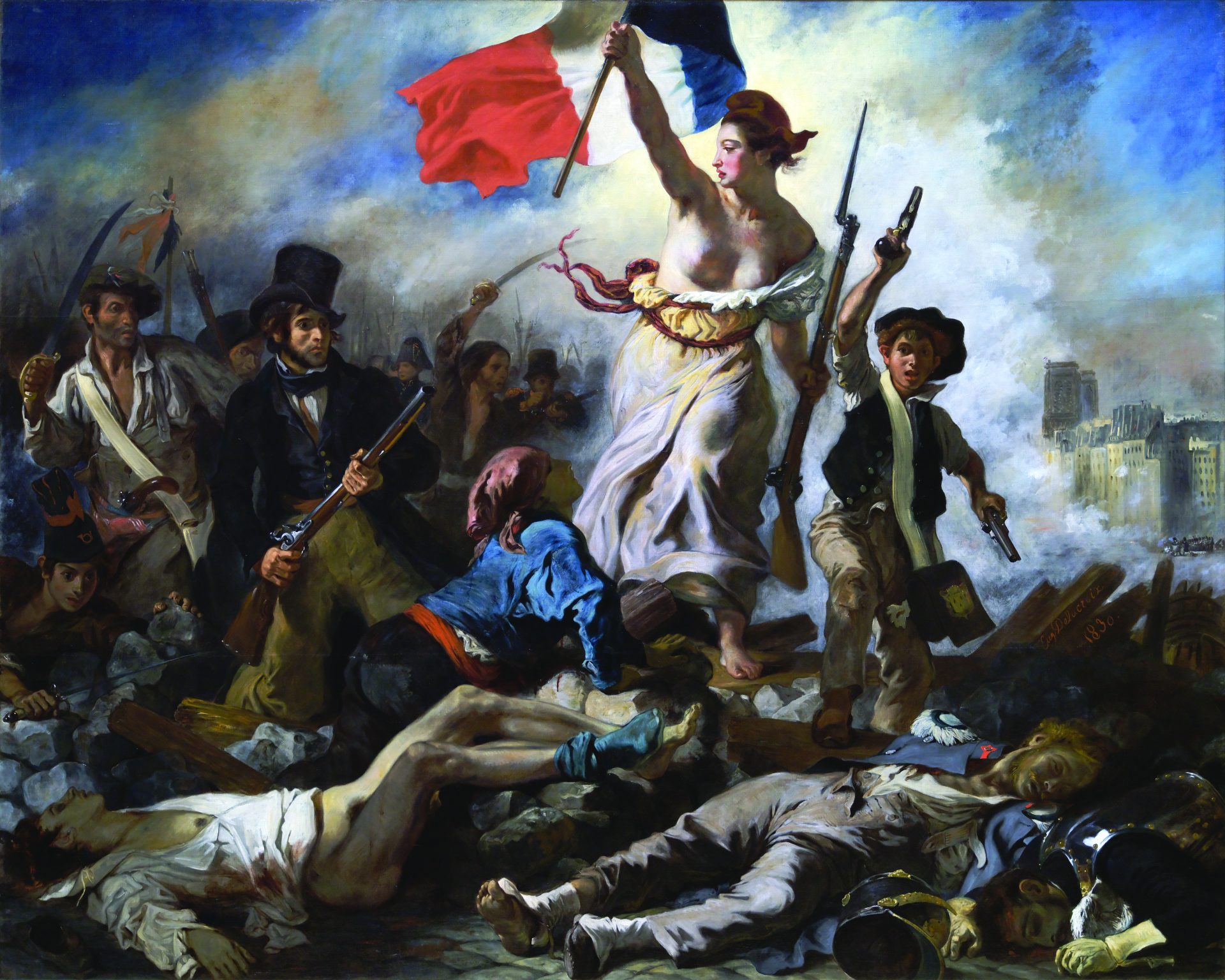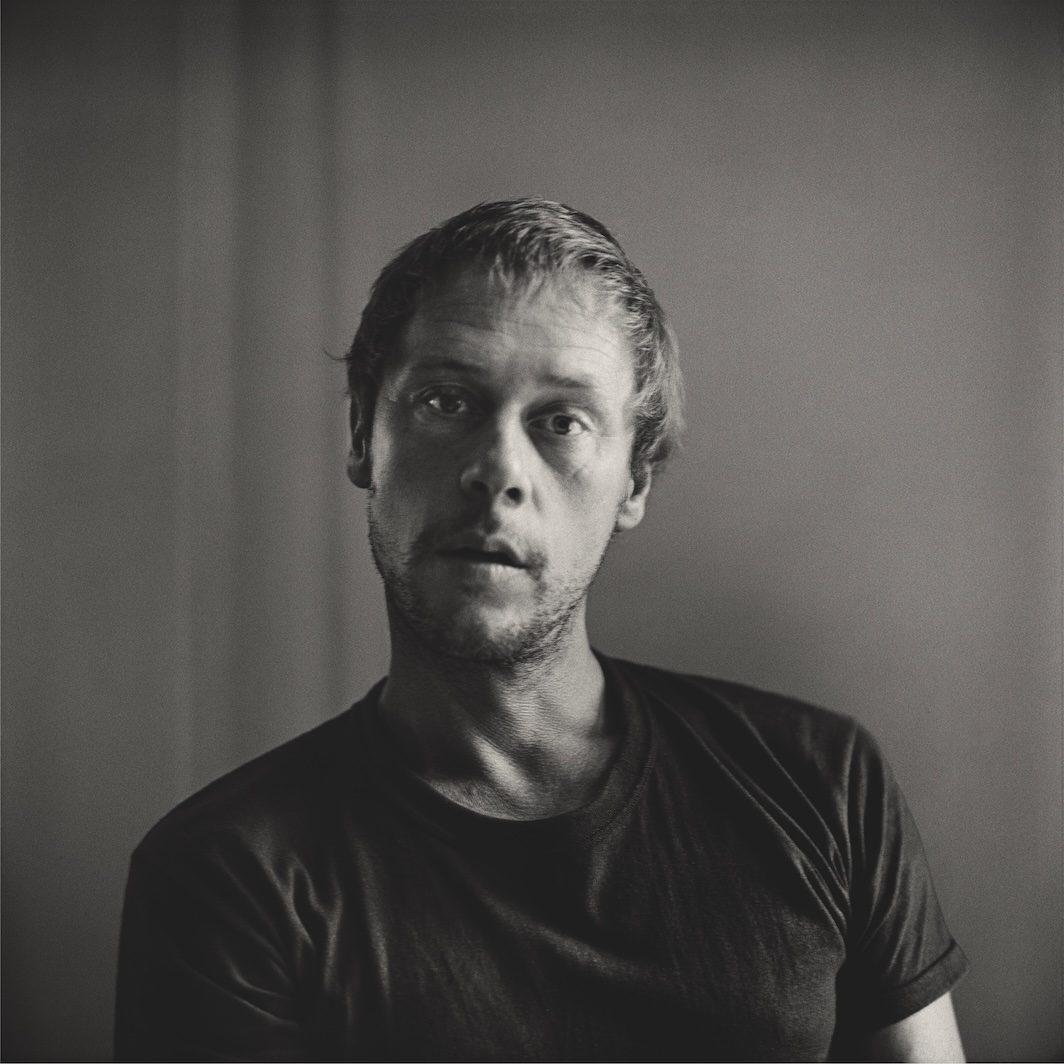
In A Room of One’s Own, Virginia Woolf ponders Coleridge’s claim that a “great mind must be androgynous”: “He meant, perhaps, that the androgynous mind is resonant and porous; that it transmits emotion without impediment; that it is naturally creative, incandescent and undivided.” The life and work of Clarice Lispector are marked by a yearning for such undividedness, a grasping after universals. “Facts and particulars annoy me,” she once remarked, and in the novel Água viva (1973), she wrote, “There is much I cannot tell you. I am not going to be autobiographical. I want to be ‘bio.’” As Benjamin Moser notes, Lispector has been called “a woman and a man, a native and a foreigner, a Jew and a Christian, a child and an adult, an animal and a person, a lesbian and a housewife, a witch and a saint.” In Why This World, his sensitive, thorough biography of the writer, he has crafted a humanizing portrait of a woman who sought to transcend categorization.
The circumstances of Lispector’s birth were desperate. Her parents, Ukranian Jews, survived World War I, but her mother was gang-raped by Russian soldiers and contracted syphilis. Lispector was conceived in the vain hope that a pregnancy would neutralize the disease. She was born Chaya Pinkhasovna in the village of Chechelnik on December 10, 1920. A year later, with Ukraine consumed by pogroms, the family emigrated to Brazil (where they adopted Brazilian names, Chaya becoming Clarice), eventually settling in Recife.
“Before I could read and write I already made up stories,” Lispector recalled. She sent her tales to the Diário de Pernambuco; they went unpublished, she claimed, because they were “without fairies, without pirates,” and dealt instead with “sensations.” Like her father, she had an interest in mathematics, which evolved, in Moser’s words, into a desire for the “pure truth, neutral, unclassifiable and beyond language.” That craving was born out of a harrowing sense of loss. In 1930, her mother died, and Lispector was guilt-ridden that her birth hadn’t acted as a curative. Ten years later, her father’s grinding life ended, too. She came to view these events as a falling away from the eternal, and her work as a fruitless attempt at redemption. “I write as if to save somebody’s life,” she put it. “Probably my own.”
Her first novel, Near to the Wild Heart (1943), which she wrote in Rio while studying law and working as a journalist, was a hit. It is a coming-of-age story told largely though the internal monologue of a young woman who is struggling, after a scarring childhood and adulterous marriage, to achieve a philosophical understanding of her life:
The veins were severed that connected her with living things. . . . Only she herself had survived, still breathing. And before her, a fresh field, the color of the rising dawn still neutral. She must penetrate its mists in order to be able to make it out. . . . If she still hesitated before that stranger who came closer and closer, it’s because she feared the life which implacably approached once more. She tried to cling to that interval, to remain suspended there, in that cold abstract world, without mingling with its blood.
The aim of Lispector’s writing was to evoke that “cold abstract world.” She rejected what she called the “humanized God of the religions”; hers was a God “beyond thought.”
In 1943, she married a law school classmate, Maury Gurgel Valente, who became a diplomat. The next year, they began a life abroad, in Naples, Bern, and Washington, DC. Though Lispector was a “social success,” she chafed at what Moser describes as her “forcible domestication.” He vividly conjures the image of the writer in 1950s America: taking driving lessons, lunching at drugstores, hanging baffling Christmas decorations. “I did everything you’re supposed to do,” she told an interviewer, “but with a disgust.”
Her despair was transformed into searing allegory in The Apple in the Dark. Written in the early ’50s but not published until 1961, it narrates a man’s loss and recovery of what he terms the “language of others.” Martin, the protagonist, is mistakenly convinced he has killed his wife; after absconding into the night, he wakes in a desertlike atmosphere, stunned by “stupidity”: “A man was sitting down. And there was no synonym for anything, and so the man was seated.” He makes his way to a farm, where his brute awareness is gradually humanized. After writing the word that, he thinks, “So I really did a great deal: I alluded!” His purpose is ultimately Lispector’s: the “reconstruction of the world” through words.
In 1959, her marriage effectively over, Lispector returned with her two sons to Brazil. She was unable to secure a publisher for Apple and was forced to ghostwrite columns for the actress Ilka Soares. Her son Paulo’s schizophrenia was worsening, and she experienced intense insomnia and anxiety. That she was able to write The Passion According to G.H. (1964), a masterpiece of metaphysical fiction, is extraordinary. The holy cockroach at its center is an indelibly grotesque image of God.
Moser is riveting as he narrates Lispector’s later years, during which she was considered a “person whose combination of genius and oddity placed her somehow outside normal human society.” She was pained at the thought of being known as much for her eccentricities—among them a crippling social unease (“dense, Lispectorian silence,” as an acquaintance put it)—as for her work. In her only television interview, given months before her death in 1977, she simply said, “As far as I know, I made no concessions.”
Tayt Harlin’s writing has appeared in the New York Times and the Village Voice.






